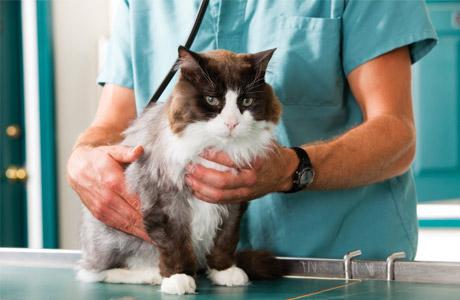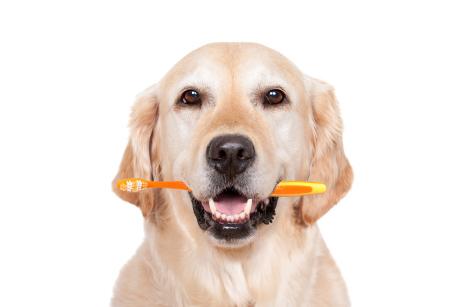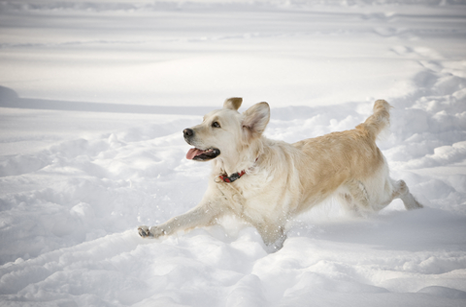
Pet insurance can be very valuable, especially when life hands you those sudden emergencies and veterinary expenses that you weren’t expecting. But there are some things you need to know about pet insurance before jumping in. I’m here to tell you what I know…
Hello, here I am again, sharing with you all the things I learn while living at a veterinary clinic.
There is one thing I know for sure: veterinary care is not covered by Canada’s healthcare plan. Don’t you wish it were? Sometimes veterinary procedures can end up being quite costly, especially if your dog or cat needs an emergency visit to the animal hospital or is diagnosed with a chronic illness. Nobody expects these things or budgets for them.
I know that you likely spent a lot of money in finding and purchasing your pet in the first place. I know that your dog or cat is a member of the family. And I definitely know that accidents happen and illness is a part of life. So I want you to think about pet health insurance, and here’s a good website: www.petinsurancereviews.com.
Top Things to Know about Pet Insurance:
- All pet insurance is not the same. Some plans cover accidents but not illness. Some plans cover treatment for cancer, some don’t. It can be confusing, so you will need to do some research.
- Don’t just look at the price. Cheaper is not always better. The lower priced policies don’t provide as much coverage as the pricier ones. Will the cheapest pet policy cover your cat’s cancer treatment? Probably not.
You can use any veterinarian you want. There is no stipulation on this. All pet insurance companies will allow claims from any licensed veterinarian.
You have to pay the veterinary bill out of your own pocket. Unlike your human health insurance or dental coverage, you have to pay your veterinary bill up front and then submit your claim to your insurance company for reimbursement. This is because pet insurance is considered a form of property insurance.
Pre-existing conditions are not covered.Not ever. Think of it this way: If you got into a car accident and then tried to buy auto insurance the next day, do you think it would be fair to expect the insurance company to pay for your accident? Me neither.Nobody wants emergencies, accidents, or serious illness for their pet, but they happen. You can get a policy that covers you for these really big expenses. You can also get a policy that covers routine maintenance procedures so that many problems found on an annual wellness exam can be noticed early and treated early.What I know for sure is that it’s always better to be prepared; to be covered ahead of time instead of wishing you were. Pet insurance protects you from large, unexpected veterinary bills. If you are the type of owner who does not want to choose between going into debt or putting your pet down, pet insurance is for you. Why risk it?
And that is what I know …






